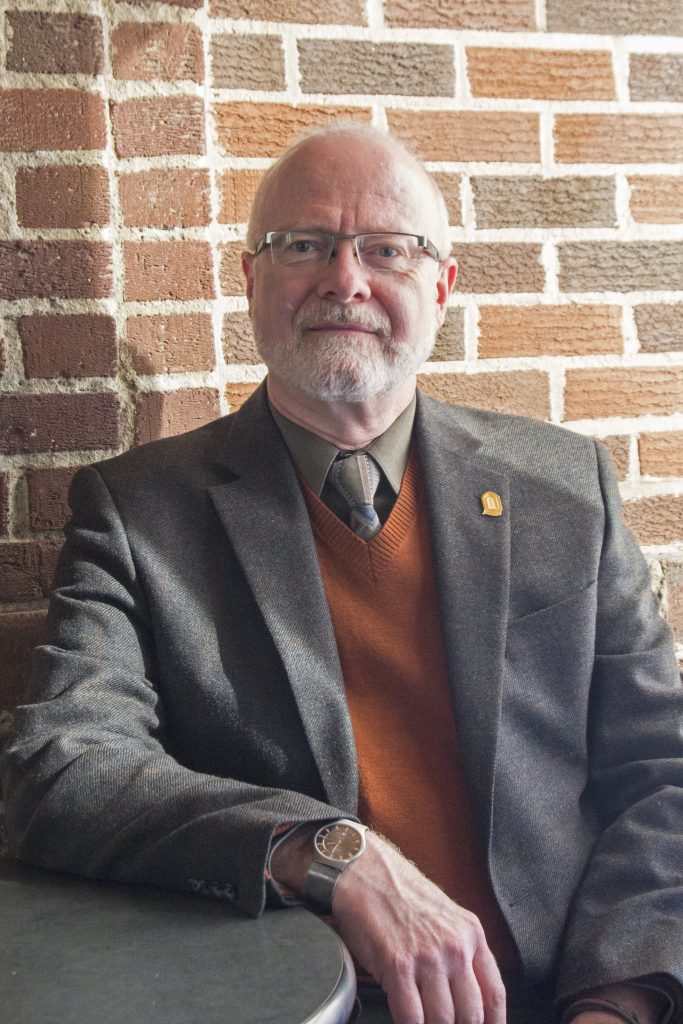Written by guest blogger, Steven C. Muir.
People are encouraged to “think outside the box,” and while this is worthwhile advice, it does not tell the whole story of doing effective and innovative research. Below are some observations on this process, and how I go about it. These issues were at work in my article for Mouseion.
Inside the box. Dive deep! Don’t settle for a superficial reading or quick assessment of data. Go over the material very carefully, multiple times. Investigate the context of the phenomenon you are investigating. Things not only reflect but are a product of their time and setting. In your research, sometimes the background may need to be moved into the foreground. Have a good grasp of the relevant methodologies and theories. Consult assessments within secondary scholarship, but don’t be locked into those. They are relative to the perspectival context of the researcher. Finally, always check primary data. Don’t rely on footnotes and what others say. Others may be wrong, incorrect, or only have a partial grasp of the issue. Come to your own conclusions and don’t just parrot what others have said.
Outside the box. Question old paradigms and theories. Seek new connections and explanations in data. Look for patterns. Assume very little. Investigate as much as possible. Cultivate your intuition and don’t be afraid to be creative and imaginative. In research, I empathize with others – walking the paths they walked, seeing the sights they saw, feeling what they felt. Have a sense of humour, for whatever humans do may seem surprising or even odd at first. Have fun in your research! “The devil is in the details” – and so is the fun.
Among the boxes. Choose and combine fields and disciplines. Particularly within the Humanities, there is nothing which cannot fit together and inform your research. You will be learning not only about your topic, but about what it means to be human. Be interdisciplinary in your research and eclectic in your interests. In my Mouseion article, I deliberately brought Classics, Philosophy and Religious Studies into dialogue. That synthesis helped me produce new insights and challenge previous scholarship. A new project I am working on will bring together Archaeology/Architecture, Performance and Ritual Studies, and Pilgrimage Studies. Remember, boxes are always a construct, even when they are academic fields. We build and work within structures to help us manage and analyze data. But, those structures are not absolute. When we can achieve new insights by moving outside them, we are at liberty to do so.
“A wheel has spokes,
but it rotates around a hollow center.A pot is made out of clay or glass,
but you keep things in the space inside.A house is made of wood or brick,
but you live between the walls.We work with something,
but we use no-thing.”
Tao te Ching #11, in Getting Right with Tao (a modern translation) by Ron Hogan

Dr. Steven C. Muir is a professor of Religious Studies at Concordia University of Edmonton. He has published in the areas of Biblical Studies, Classics, History of Early Christianity, Healing and Identity in Religious Communities, Pilgrimage Studies, Ritual Studies. His most recent book is a co-edited volume, titled, Ritual Life in Early Christianity (Routledge 2018). Read his recent article in Mouseion “Greek Piety and the Charge against Socrates”—free for a limited time here.

Comments on this entry are closed.